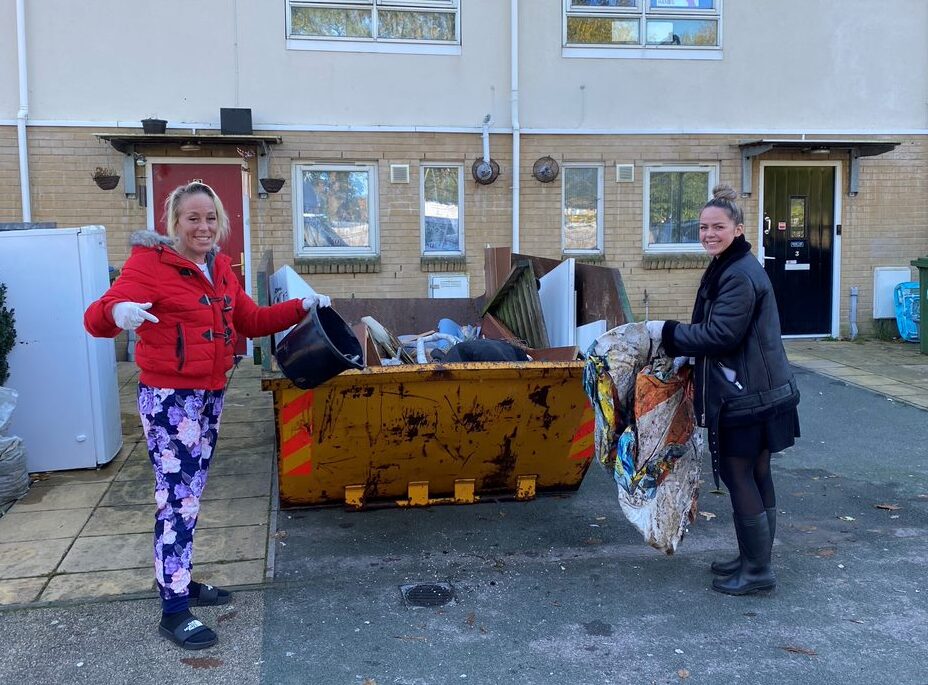 By David Pierpoint
By David Pierpoint
CEO, The Retrofit Academy
The UK government has started to accelerate the retrofit industry’s growth through the Social Housing Decarbonisation Fund (SHDF) and Home Upgrade Grant (HUG). Now that funding is in place, I can explore how social housing providers and their appointed contractors can address the skills gap to deliver high-quality retrofit at scale.
Twenty-seven million homes – this is the scale of the retrofit challenge as we look to decarbonise the UK’s housing stock in line with our net zero commitment. Funding from the SHDF – most recently the £75m Wave 2.2 allocation – has been vital to getting projects off the ground, and it’s encouraging to see so many social housing providers and local authorities begin the process of upgrading homes.
To make a success of these programmes, we need to train tens of thousands of retrofitters to fill the professional roles laid out in the PAS 2035 standard, in addition to the trades required to deliver the installations. Organisations with housing stock need to get involved in retrofitting and will need a skilled workforce, but how do they go about developing one?
Workforce development
Retrofit coordinators, assessors, advisors, evaluators and designers are all vital in ensuring a project is completed to the quality stipulated by the PAS 2035 standard, as well as on time. A successful, high-quality retrofit department or business also relies on those who take up the roles to have had the expected quality training to receive accredited qualifications.
When building a retrofit team within a business, it’s important to first work out the scale of the upgrades you need to make, and how long these will take, to calculate the skilled workforce needed. Whether ten homes or 10,000, understanding the workforce required will ensure that targets and deadlines can be met. Tools such as The Retrofit Academy’s Workforce Modelling system can make this more easily achievable.
“A successful, high-quality retrofit department or business also relies on those who take up the roles to have had the expected quality training to receive accredited qualifications”
Social housing providers and contractors looking to get into the retrofit industry may find that existing team members already have the foundations and knowledge to take on new skills required for a retrofit role. The Retrofit Academy’s Training Needs Analysis Tool can help employers identify suitable candidates and create a tailor-made programme to train employees and satisfy the skill demand.
Considering an organisation’s skills gap and training needs, decision-makers may also need to make external hires or utilise their local supply chain. Dedicated retrofit employment platforms allow employers to connect to qualified professionals in the industry.
A matter of quality
Arguably the most important facet of addressing the retrofit challenge is quality. To make a success of retrofitting 27 million homes the first time, quality needs to be built in at every level. This doesn’t just mean the installations and upgrades themselves. It also includes the content and delivery of training courses. If the qualifications deliver competent retrofitters able to do the job that PAS 2035 stipulates, the industry can be on the front foot as it begins the upgrading of homes to make them more efficient, warm, healthy and sustainable.
It’s important that when social housing providers are looking for a partner to develop their retrofit workforce, they can access accredited training courses that have quality embedded in their resources, materials and teaching. This provides a foundation for organisations to continue collaborating to address the skills challenge and maintain high levels of quality as the industry evolves into the future.
For more information about how The Retrofit Academy can support your organisation, visit retrofitacademy.org/the-one.





















